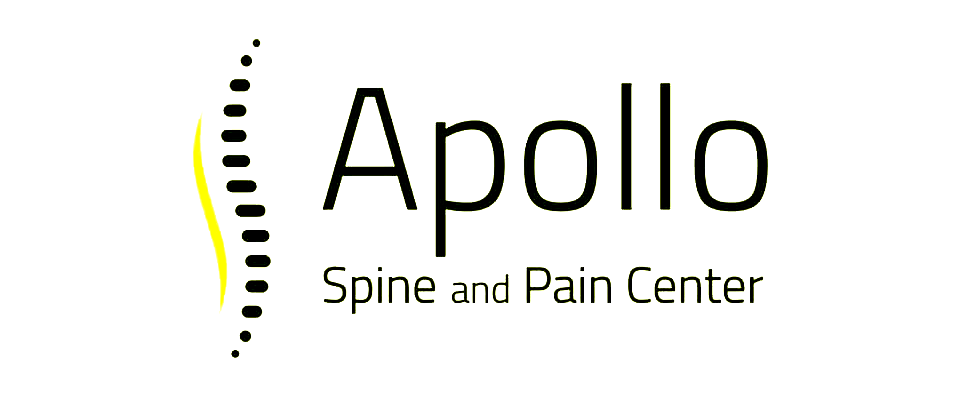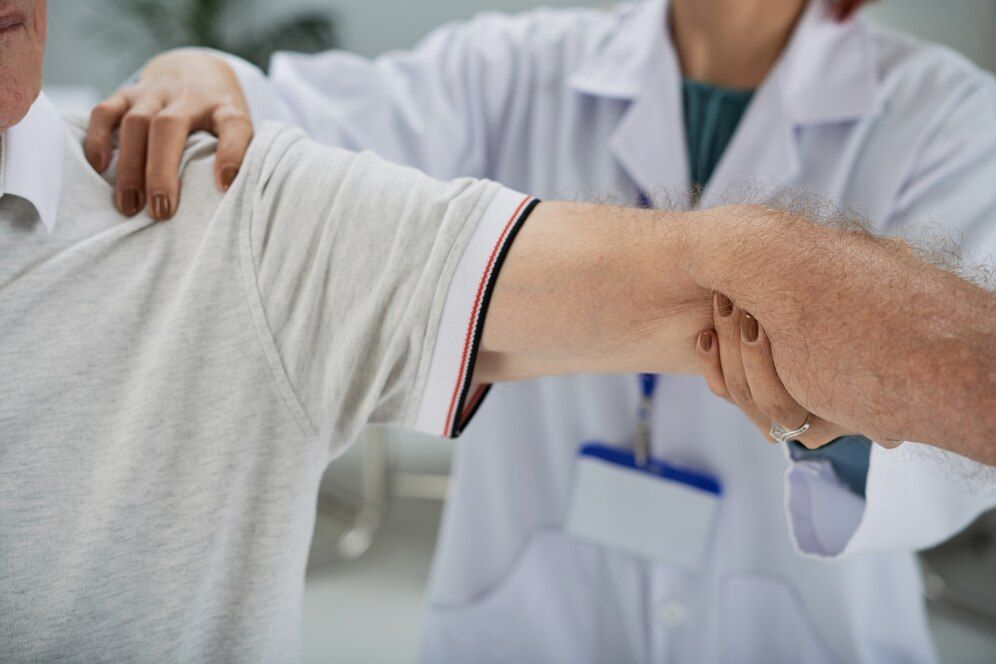Best Ways to Handle Pain from Auto Accidents
Auto accidents can be a scary and painful experience. The pain that follows an accident can range from mild discomfort to severe, life-changing injuries. This pain can affect your everyday activities, making working, playing, and even sleeping hard. Understanding how to handle this pain is essential for your recovery and well-being.
Knowing the best ways to handle pain from auto accidents can help you feel better faster. It's essential to take immediate steps to manage the pain and seek medical treatment if needed. From simple home remedies to advanced medical treatments, there are many ways to reduce pain and speed up your recovery. This guide will help you understand your pain and the most effective ways to handle it.
Understanding Pain from Auto Accidents
Pain from auto accidents can come in many forms. Common injuries include whiplash, back pain, and soft tissue injuries. Whiplash occurs when your neck jerks suddenly during the crash, straining the muscles and ligaments. This can lead to neck pain, stiffness, and headaches. Back pain often happens when the force of the collision impacts your spine or muscles, causing discomfort that can last for days or weeks.
Soft tissue injuries like bruises and sprains are also frequent. These injuries affect the muscles, ligaments, and tendons and can cause swelling, bruising, and pain. Nerve pain is another possible outcome, mainly if a herniated disc or other spinal issue compresses a nerve. This can cause tingling, numbness, or shooting pain down your limbs.
Understanding the type of pain you are experiencing can help you choose the proper treatment. Injuries might not always be apparent immediately after the accident, so paying attention to your body and seeking medical advice is crucial. Knowing how your body might react to a car crash can prepare you to handle the pain effectively.
Immediate Steps to Manage Pain After an Auto Accident
Right after an auto accident, there are several steps you should take to manage pain and avoid further injury. First, check for severe injuries and call emergency services if needed. If it's safe, move out of traffic to a secure location. Once you've ensured your safety, it's important to start addressing the pain as soon as possible.
Here are some immediate steps you can take to manage pain:
1. Rest and Ice: Resting the injured areas and applying ice packs can help reduce swelling and numb the pain. Apply ice for 15-20 minutes every hour for the first 24-48 hours.
2. Over-the-Counter Pain Relievers: Taking medications like ibuprofen or acetaminophen can help alleviate pain and reduce inflammation. Be sure to follow the dosage instructions on the package.
3. Seek Medical Attention: Even if you feel fine, it's essential to get checked by a doctor. Some injuries may not show symptoms right away. A medical professional can identify hidden injuries and recommend appropriate treatments.
4. Document Your Pain: Record your pain levels and new symptoms. This information can be valuable for your healthcare providers when creating an effective treatment plan.
Effective Medical Treatments for Auto Accident Pain
Getting the proper medical treatment after an auto accident is essential for pain relief and recovery. Doctors usually start with non-invasive options to help manage pain. Over-the-counter medications like ibuprofen or acetaminophen can help reduce inflammation and ease mild pain. For more severe pain, your doctor might prescribe more potent painkillers or muscle relaxants.
Physical therapy can be beneficial in relieving pain and improving mobility. A physical therapist will guide you through exercises and stretches targeting injured areas. These exercises can help strengthen muscles, improve flexibility, and reduce pain over time. Regular sessions are often needed to get the best results and speed your recovery.
In some cases, steroid injections may be recommended to reduce inflammation and pain in specific areas. These injections can be beneficial for back or joint pain. Steroid injections provide temporary relief and can be repeated if necessary. Always work with a medical professional to choose the best treatment for your injuries and pain.
Interventional Pain Management Techniques for Auto Accident Injuries
If traditional treatments are insufficient, interventional pain management techniques can offer relief. One standard method is nerve blocks. These involve injecting an anesthetic near the affected nerves to block pain signals. Nerve blocks can provide significant relief and help you return to your daily activities.
Another advanced treatment option is Platelet-Rich Plasma (PRP) therapy. PRP therapy uses components from your blood to promote healing. The process involves drawing a small amount of blood, processing it to concentrate the platelets, and injecting it into the injured area. This can help repair damaged tissues and reduce pain naturally.
In some cases, a spinal cord stimulator might be recommended. This device is implanted under the skin and sends electrical pulses to the spinal cord. These pulses interrupt pain signals before they reach the brain, providing long-lasting relief. Spinal cord stimulators are usually considered when other treatments have not been effective.
Conclusion
Managing pain from auto accidents requires a combination of quick actions and long-term treatments. Understanding the types of pain you might experience and taking immediate steps to manage it can set the stage for a better recovery. Effective medical therapies and interventional techniques can significantly reduce pain and improve your quality of life.
At Apollo Spine and Pain Center, we specialize in helping people recover from auto accident injuries. Our team uses advanced interventional
pain management techniques in Cumming to manage and reduce pain. If you're struggling with pain after an auto accident, don't wait to seek help. Schedule an appointment with Apollo Spine and Pain Center today to explore your treatment options and start your journey to recovery.












